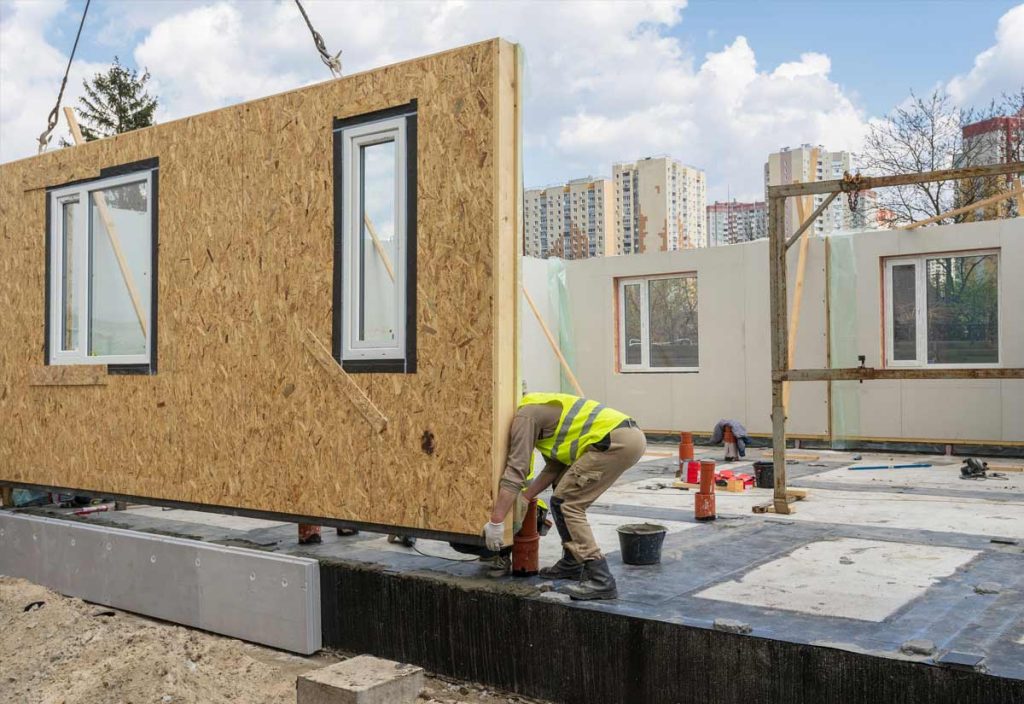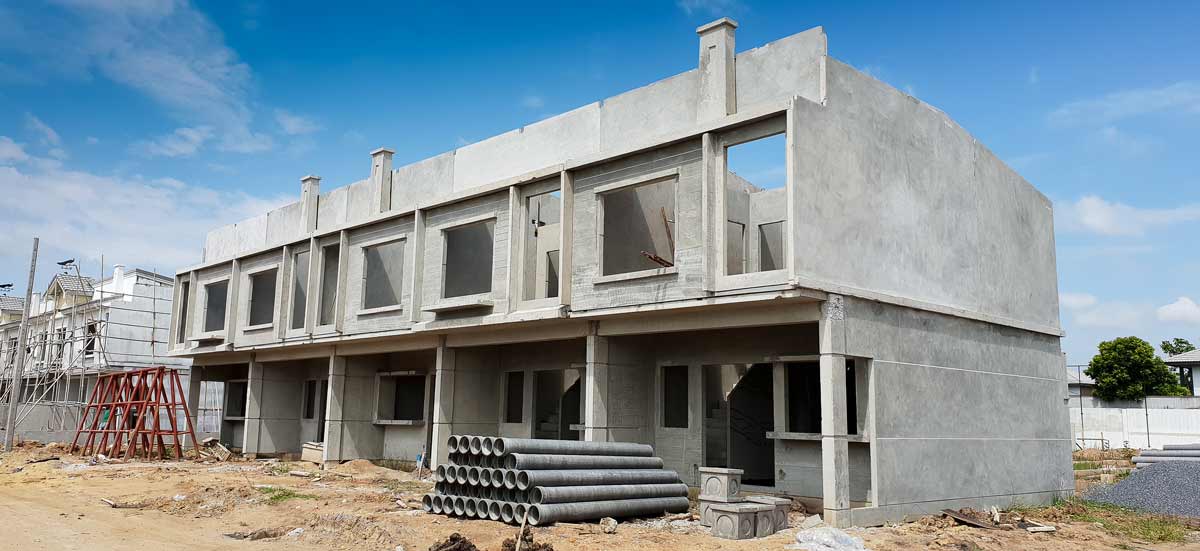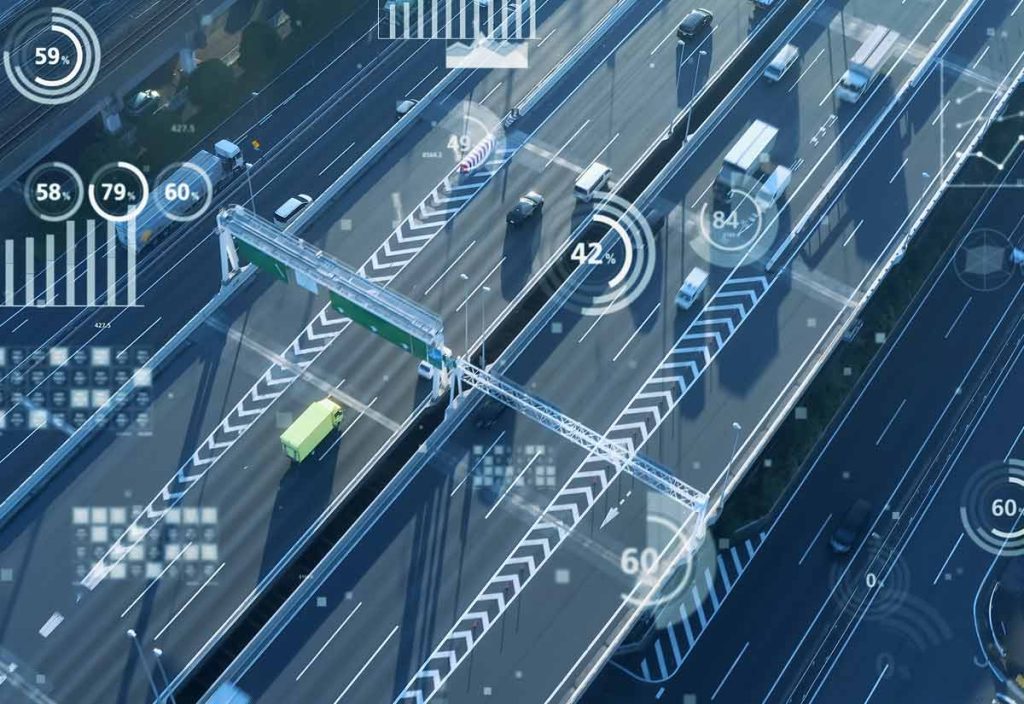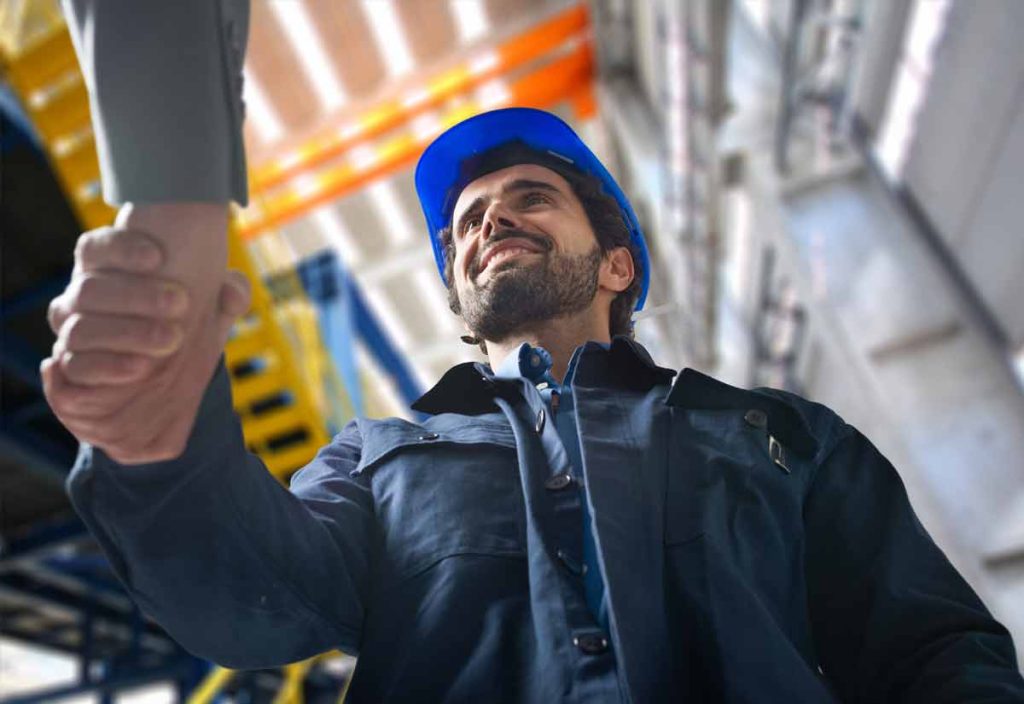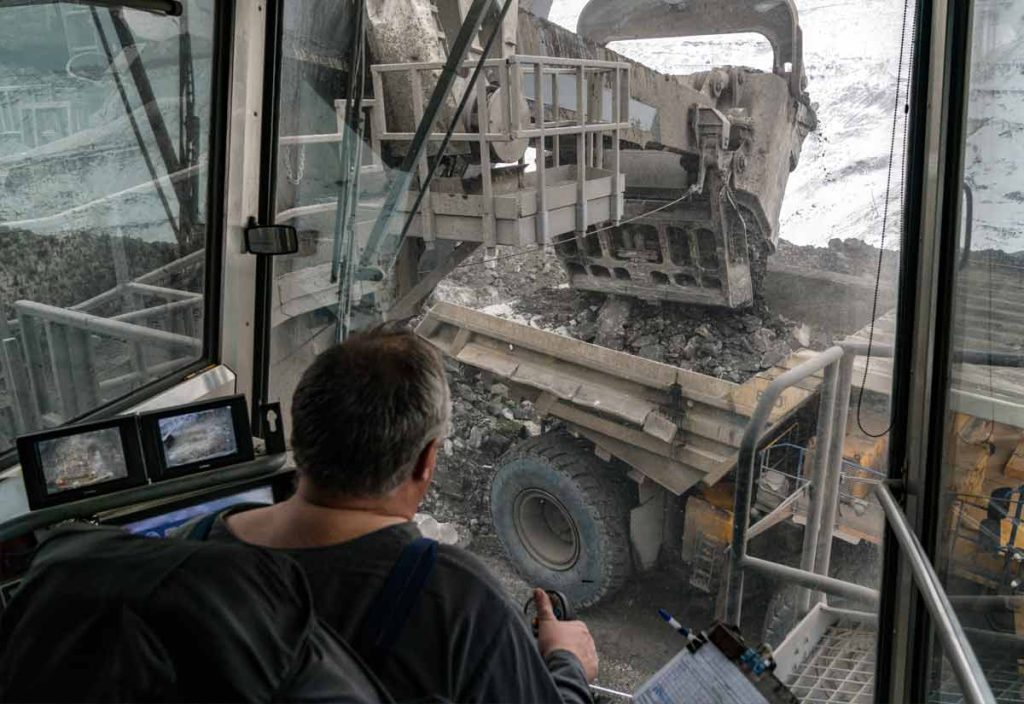While the pandemic wreaked havoc on supply chains and production output in mining, manufacturing, and construction it also provided an impetus for some long-delayed innovation. Even before Covid 19 reared its ugly head, the industrial world faced the ongoing challenges that continue to this day in the way of skilled labor shortages, rigorous environmental regulation and oversight, and increased worker safety requirements.
The result is a renewed focus and accelerated adaptation of industrial and technical advances that have been readily available but on the back burner in the pre-Covid, “business as usual” environment.
Off-site Modular Construction in the Spotlight
In 2020, demand for “rapid response medical facilities” took center stage and modular manufacturers stepped up to build and deploy non-permanent auxiliary hospitals that could be up and running within weeks. Impressive as that is, when those deployed emergency facilities and hospital wings remained empty going into the summer of 2020, the offsite construction sector was able to show off what it does best. That’s the ability to “adjust and retool rapidly when the market changes”.
In Joe Bousquin’s Construction Dive article of August 2020, Modular Monitor: Beyond Emergency Medical Projects, Demand Takes a Hit, the director and professor of Washington State University’s School of Design and Construction and modular industry expert Ryan Smith summed up the sector’s versatility;
“Rapid response was very popular as COVID first was happening,” Smith said. “But then, as the summer went along, governments realized they had all these empty buildings because people were at home, so why not just repurpose that space?”
Modular construction made significant inroads into the commercial construction sector with that repurposing with projects such as the U.S. Army Corps of Engineers 470,000-square-foot Javits Center in New York City, using pods and factory-built interior boxes to convert it to an alternative care site with a 2,100-bed capacity.
Covid 19 workplace personal protection safety measures also highlighted the advantages of offsite, factory construction in a controlled environment at a time when onsite construction groups such as the Associated Builders and Contractors (ABC) were forced to take legal action in states like Michigan. There, draconian covid 19 overreach measures initiated by Governor Whitmer “threatened job sites with unfair punishments and potential charges, despite good faith efforts to follow COVID-19 safety requirements” according to the ABC newsline release over a year ago.
One year later, Construction Dive writer Kim Slowey takes a look at the transition to modular over traditional onsite construction in her informative article Modular Construction’s Advantages, Challenges Come to the Fore. While there are many challenges with what can prove to be tricky modular construction financing and taxes, the advantages can offer some premium bottom line solutions in today’s stressed construction labor market with benefits including:
- A higher level of consistency and construction quality.
- Quicker construction time to meet milestones and claim performance bonuses.
- The developer gets his project to market much faster, which cuts the financing time to jumpstart the revenue stream.
- Lower in-factory labor rates as compared to onsite construction labor, especially important in regions where prevailing wage rates apply.
- Alleviates subcontractor availability problems since more subcontractors with smaller crews can be employed onsite.
- Finished products are able to meet the strictest hurricane and seismic building codes.
- Exceptional sound transmission coefficients, a significant advantage for apartment and hotel construction.
Building the Right Team For the Transition to Modular Construction
Construction companies seeking to make the transition to modular offsite construction to reduce costs and get budgets back on track need to assemble the right team of qualified professionals, including architects, general contractors, and modular manufacturers. According to Michael Johnson, president and CEO of UrbanCore Development, a company that specializes in public-private, mixed-income residential developments;
“You can blow any chance at savings and potentially have extensive change orders if you don’t have the right team, and run the risk that you don’t execute the project right, that things won’t be coordinated between the factory and the site-built conditions and that you have problems you have to try to correct in the field.”
Now an increasing number of developers and owners are set on using modular, as the construction industry, in general, learns about successful projects that have taken advantage of offsite construction to improve the all-important bottom line while dealing effectively with construction labor shortages.
But even as the modular offsite construction trend gathers steam, there will always be a need for skilled onsite labor, such as drywall finishing which is an almost universal requirement for all types of construction. And that brings us to our next industry trend that is here to stay, and yet another solution to resolve the chronic labor shortage.
Skilled labor robots.
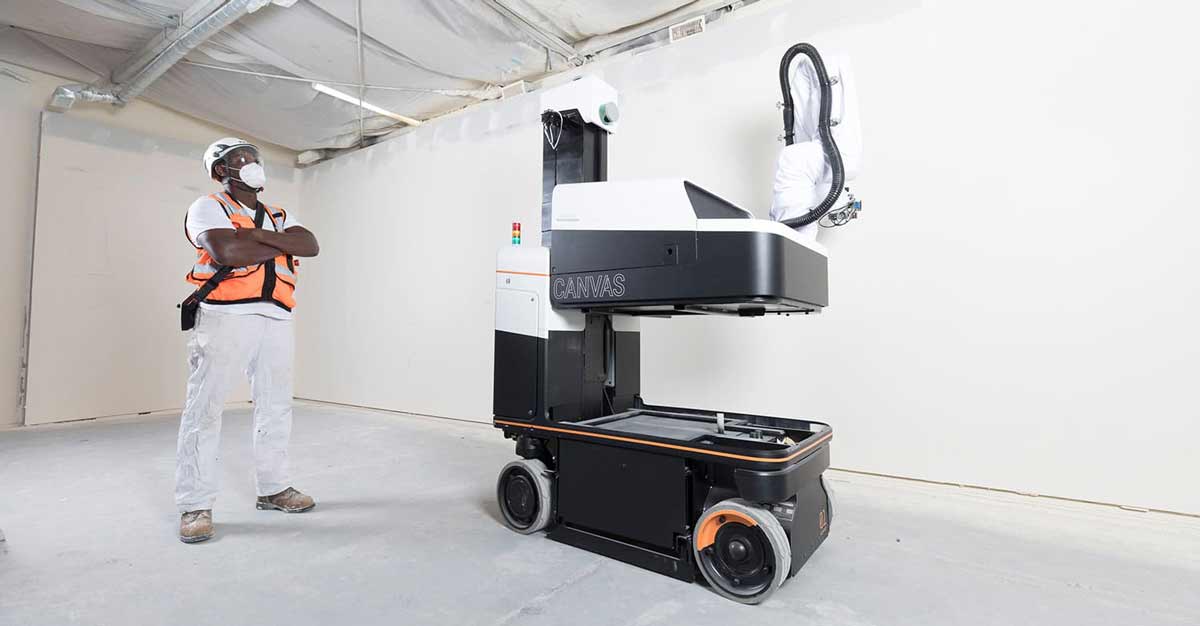
Level 5 Drywall Finishing With a Crew of 1 and Canvas the Robot
Whether you call it gypsum board, drywall, or sheetrock, by any name installing and finishing the stuff is one of the most physically taxing tasks in the construction business. And it’s tough to find a commercial or residential building project that doesn’t use drywall. Muscular-skeletal injuries in the trade are all too common, caused by the long-term stresses on muscles and joints induced by working overhead, mixing and hauling mud, and stretching and squatting through the repetitive drying and sanding cycles required to achieve the highest Level 5 or better premium finish.
Enter Canvas, the drywall finishing robot and the drywall finisher’s best friend. Canvas can spray drywall compound on walls and ceilings and provides a dust-free sanding system. Finishing thicknesses are accurate to the millimeter, and automatic dust collection eliminates respiratory hazards. The single human operator navigates the robot to the specific location on-site and sets the parameters of the work to be completed, reducing the need for multi-member finishing teams and easing worksite congestion in the process.
The company is currently focused on large commercial construction with proof of concept showcase projects in the San Francisco Bay area that include the San Francisco International Airport Harvey Milk Terminal 1, the UCSF Wayne and Gladys Valley Center for Vision, and the global HQ at Chase Arena Towers.
But there’s another trend here that is most likely here to stay. The Canvas robot isn’t to be offered for sale or lease to general contractors, but its services are made available in the role of subcontractor, complete with union operators provided by Canvas.
About Resource Erectors
While robots carve a niche for themselves in the 21st Century industrial world we know there will always be demand for the highest level human talent that keeps that industrial world up and running. Over 80% of the professional level candidates recruited and placed by Resource Erectors with the industry-leading companies in civil engineering and construction, mining, manufacturing and many other heavy industries are still contributing to the success of their companies 5 years later.
We maintain long-standing connections with industry leaders in the US, Canada and Australia, to match the top qualified professionals with the heavy industry companies who are seeking their hard-to-find skills and talents so don’t hesitate to contact Resource Erectors when it’s time to make your move up the career ladder.
